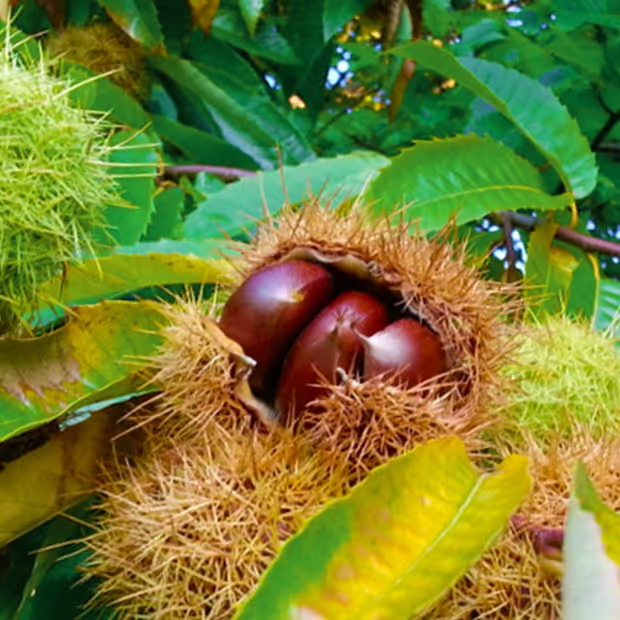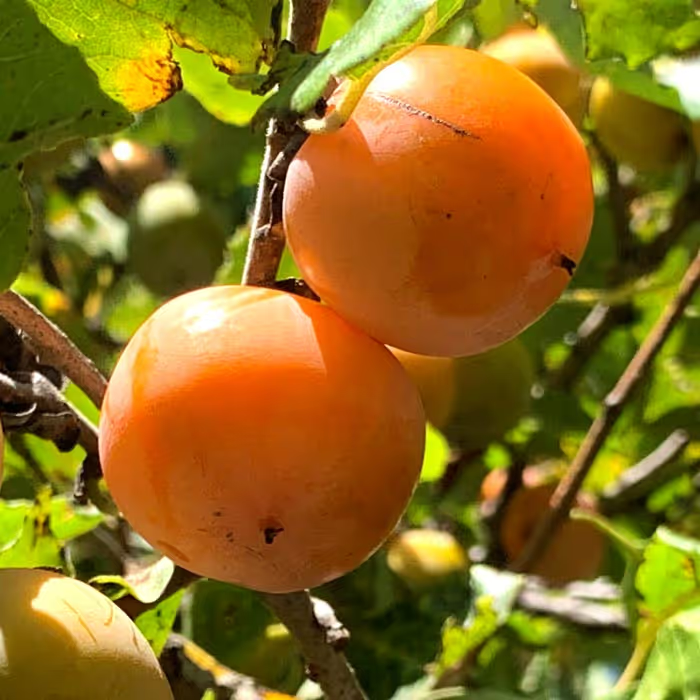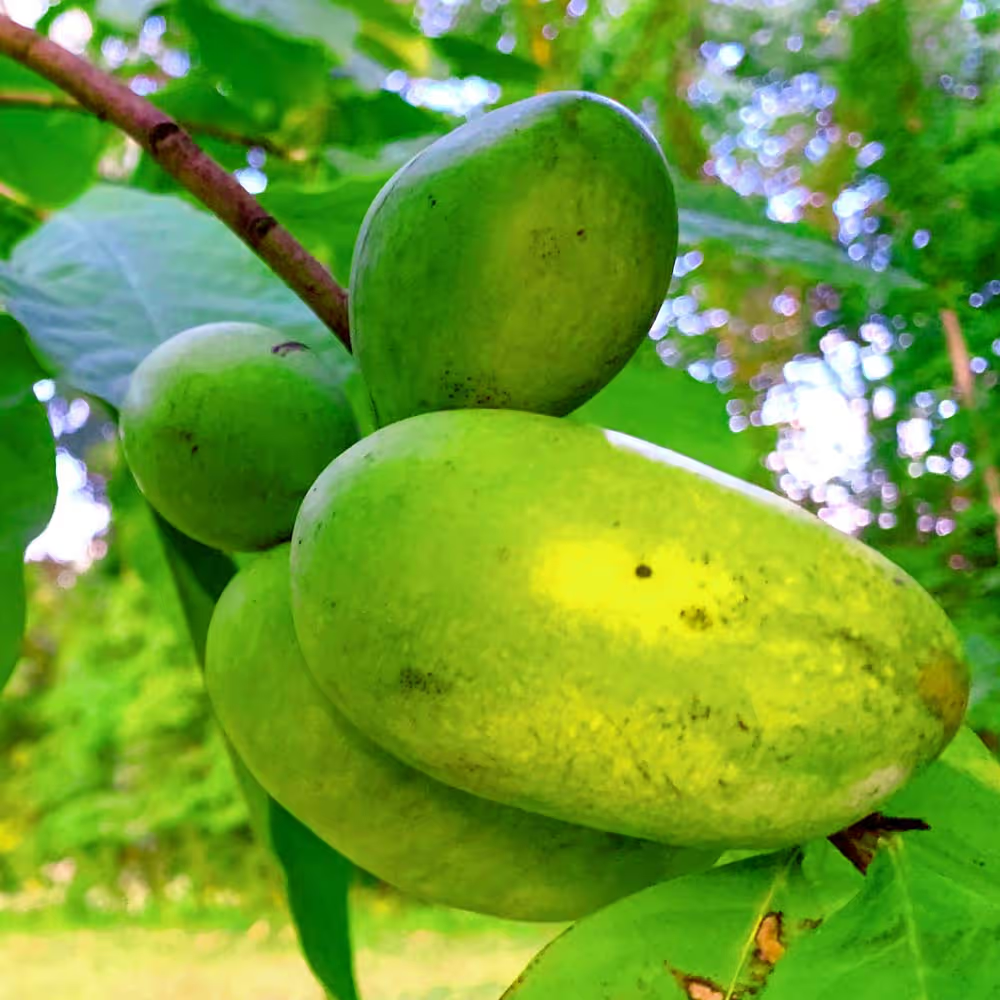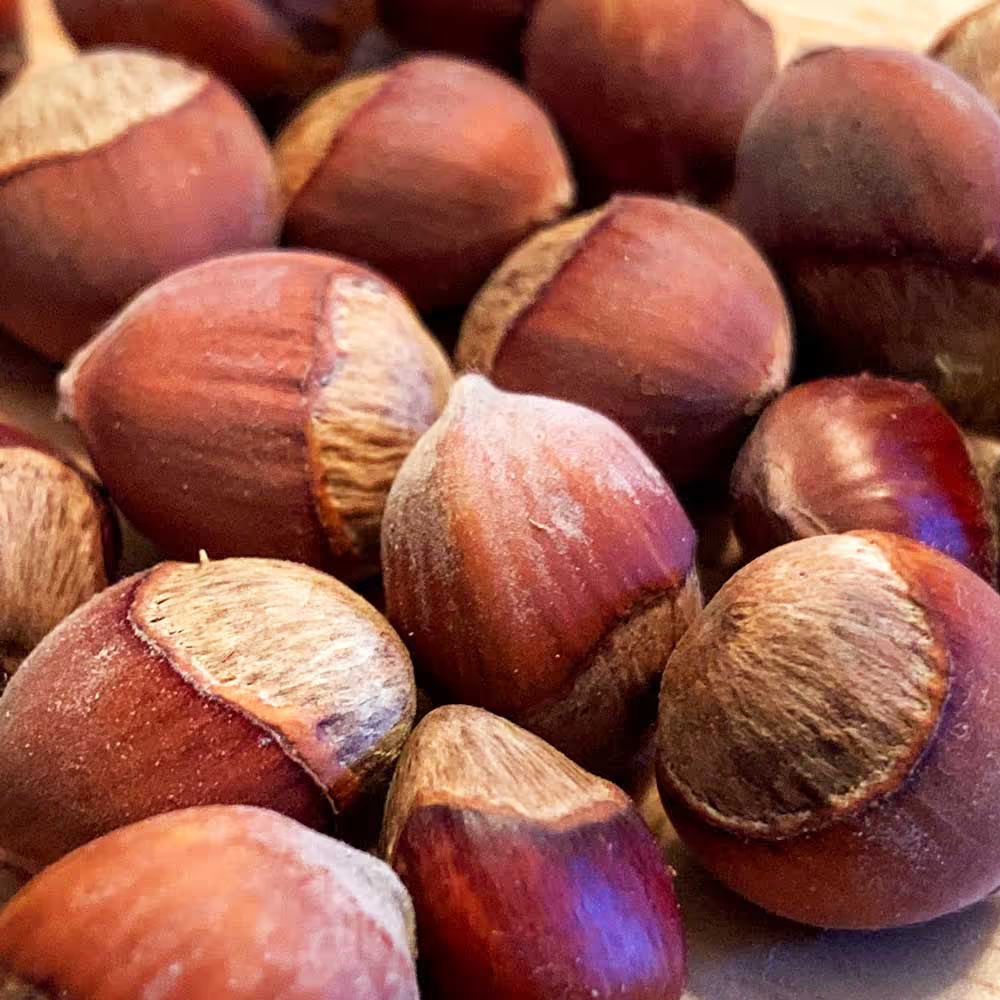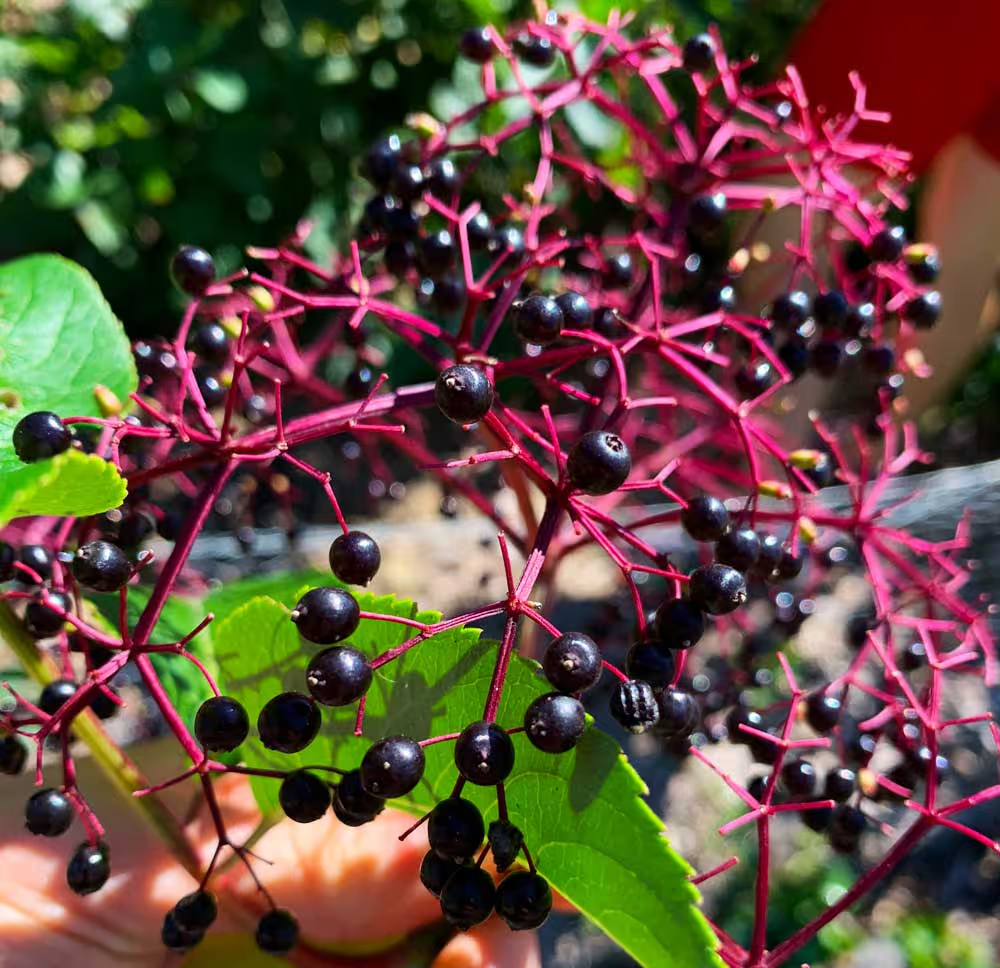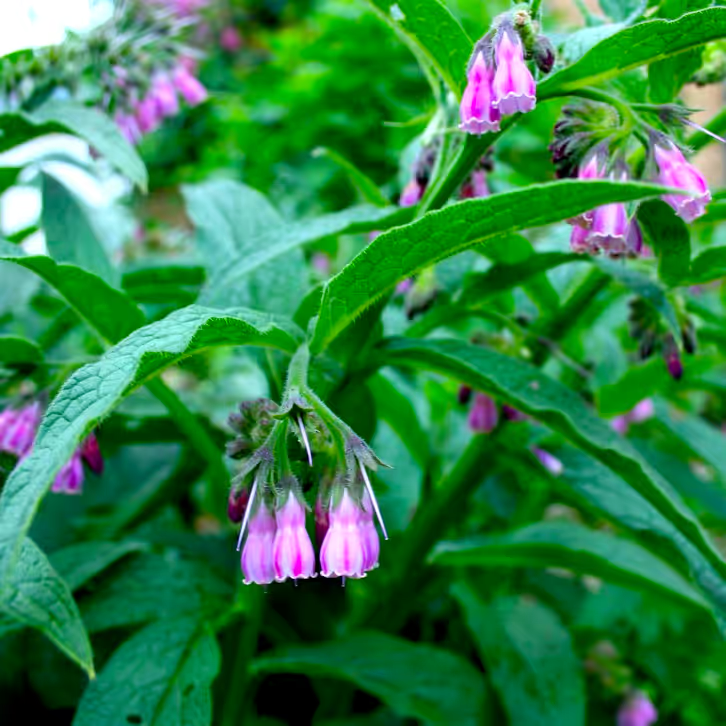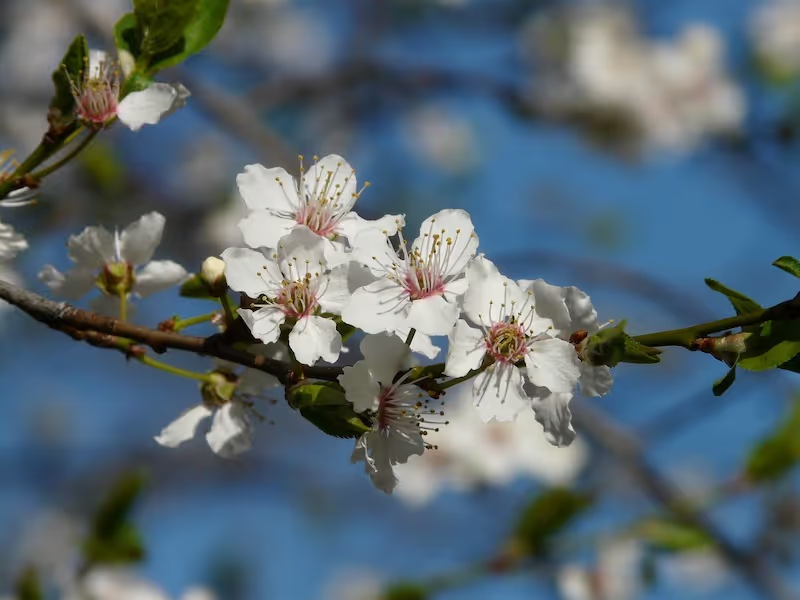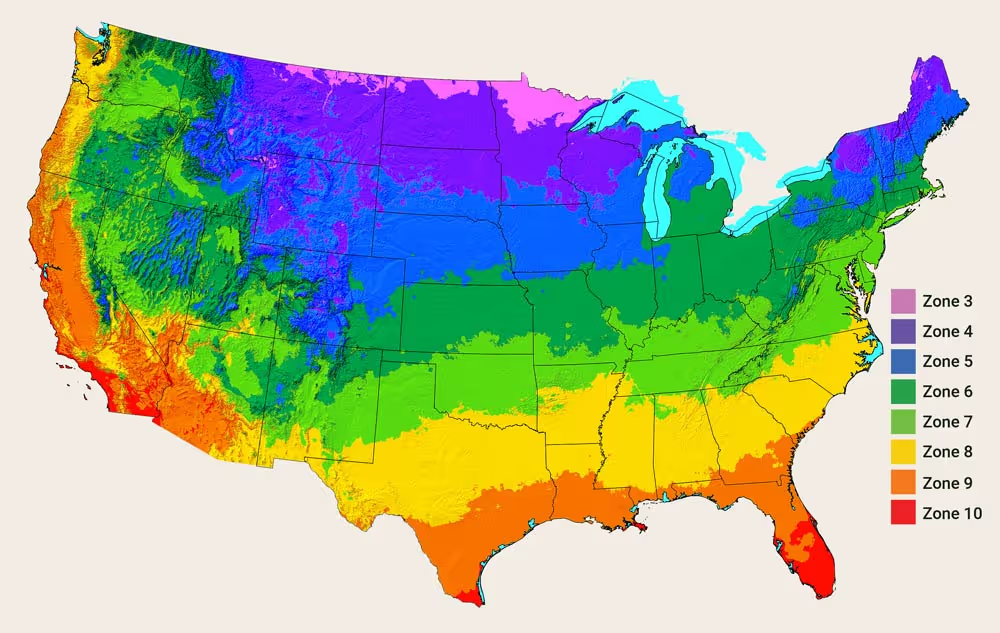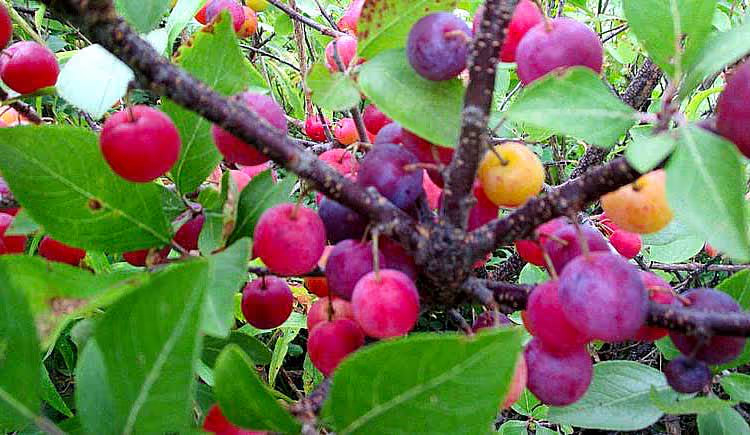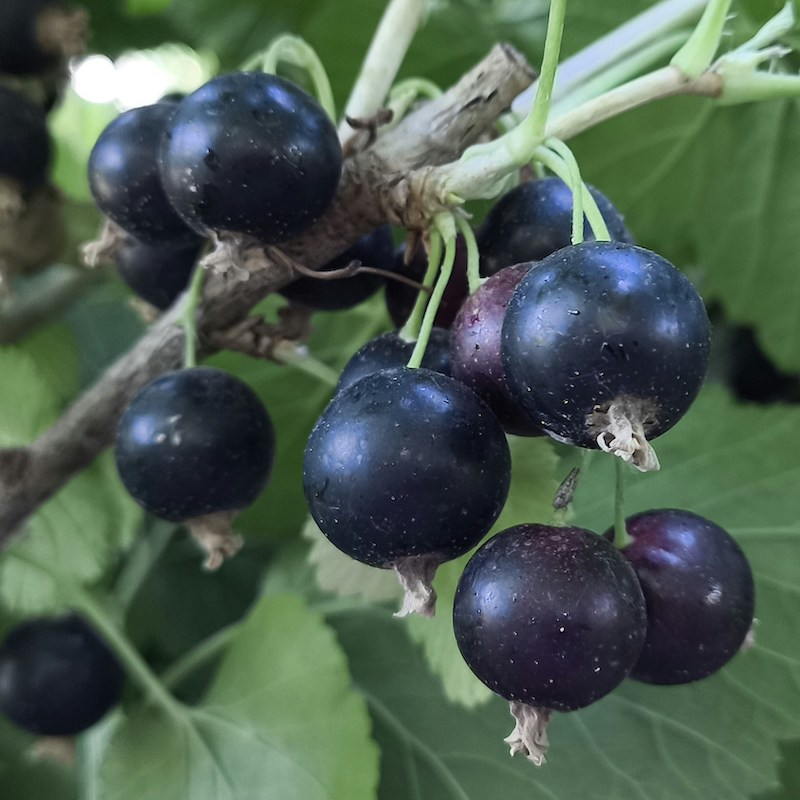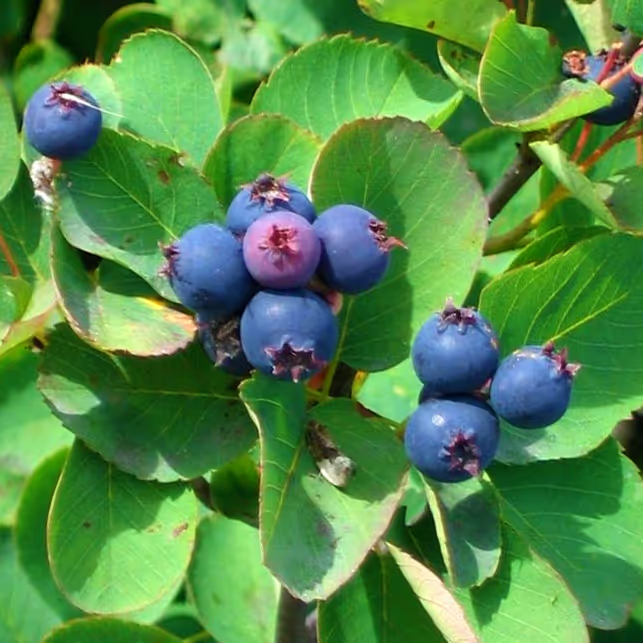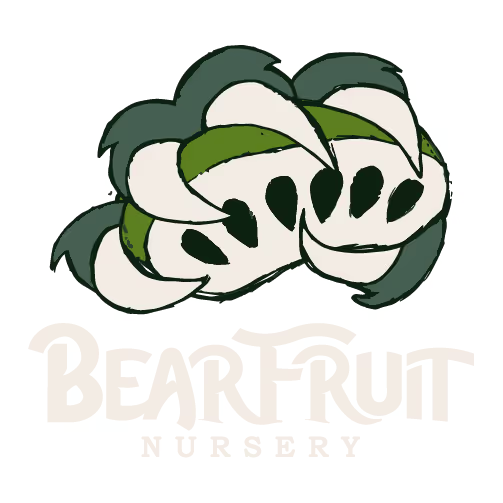Why Plant American Plums Trees?
Native Fruits & Beauty
American Plums (Prunus americana) are a native gem of the eastern and central United States, offering spring blossoms, summer fruits, and wildlife appeal. These hardy trees were a staple for Native Americans, used for both food and medicine. Planted in your backyard, they’re as attractive to deer, birds, and pollinators as they are to humans — sometimes more so.
What Do American Plums Taste Like?
American Plums aren’t your standard grocery store fruit, and that’s part of their charm. The fruit ripens to a rich red or yellow color and can be eaten fresh when slightly soft, or used for preserves, jams, pies, and even beverages. When fully ripe, their flavor balances tartness with sweet undertones — a natural, backyard-grown treat you’ll savor more than anything shipped in a plastic clamshell.
Why Plant Our Bare Root American Plum Seedlings?
Our bare root American Plum seedlings are grown outdoors in loose, native soil enriched with compost and mulched with locally sourced grass, leaves, and wood chips. This encourages strong, healthy root systems for easier transplanting. We never use herbicides, pesticides, or chemical fertilizers — just good old-fashioned growing know-how.
Our seeds come from carefully selected native trees that consistently produce flavorful, robust fruit. We believe these genetics are worth preserving, not only for their fruit but for maintaining the heritage of America’s native orchards.


